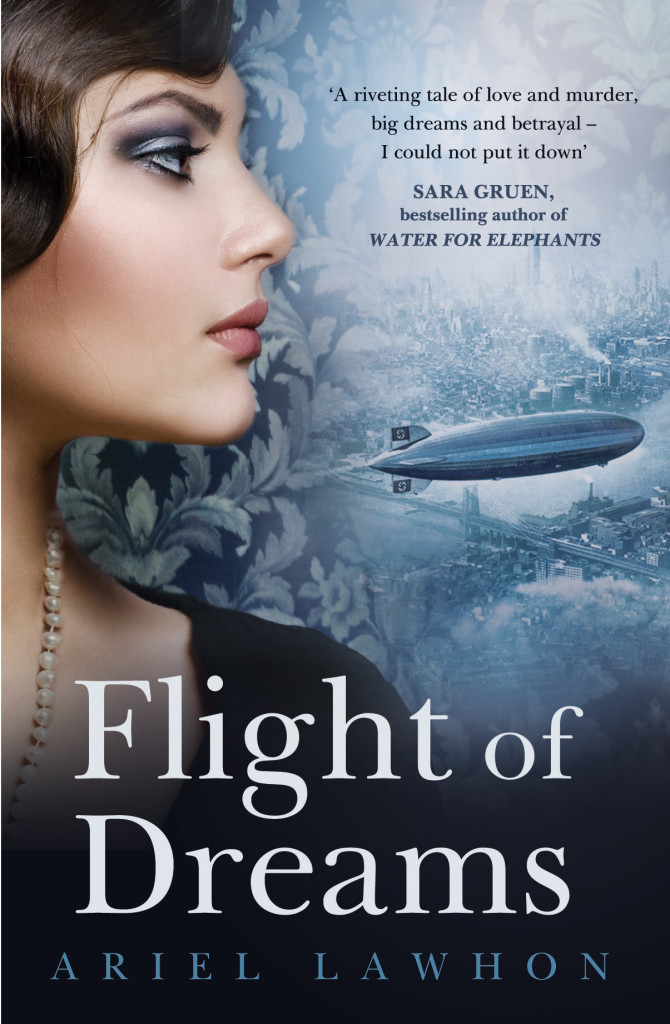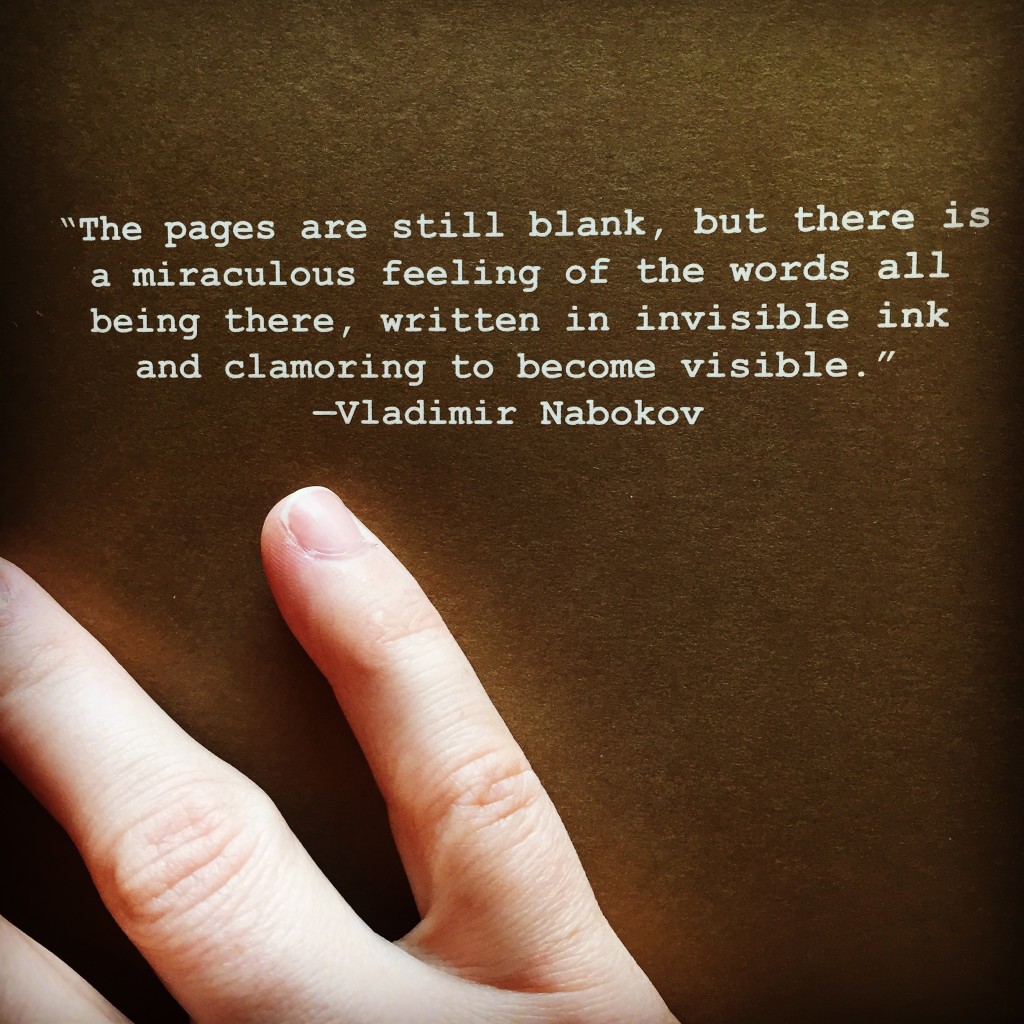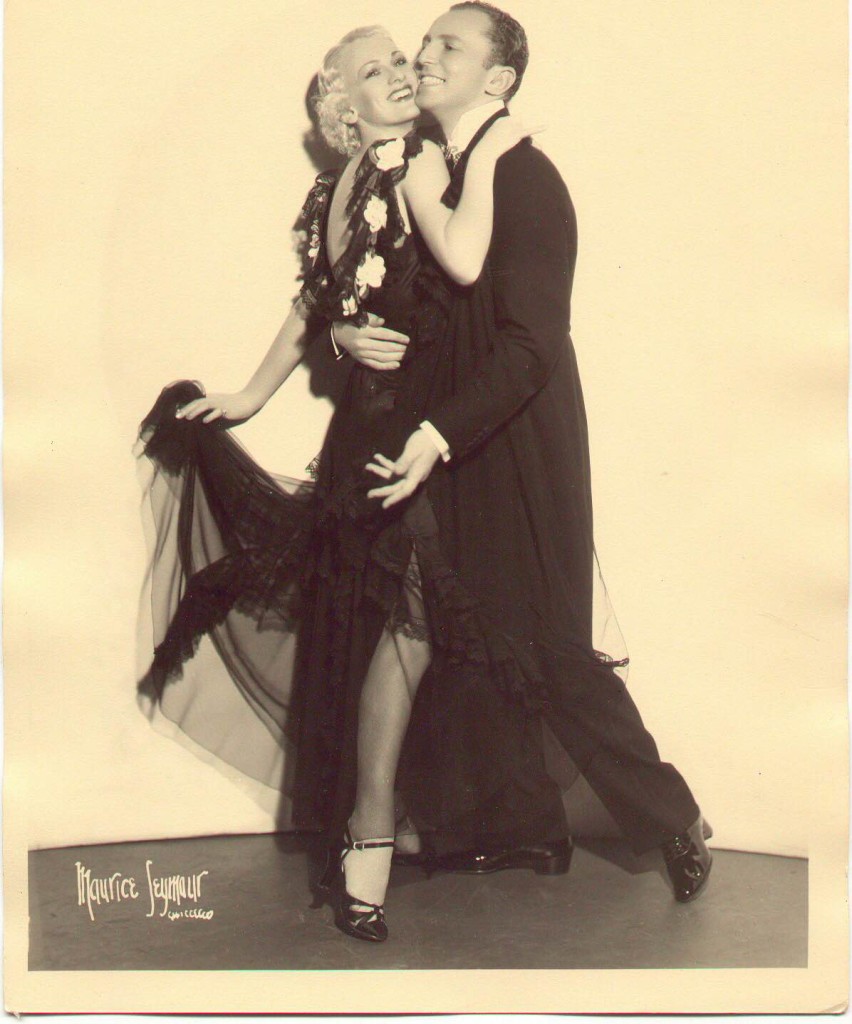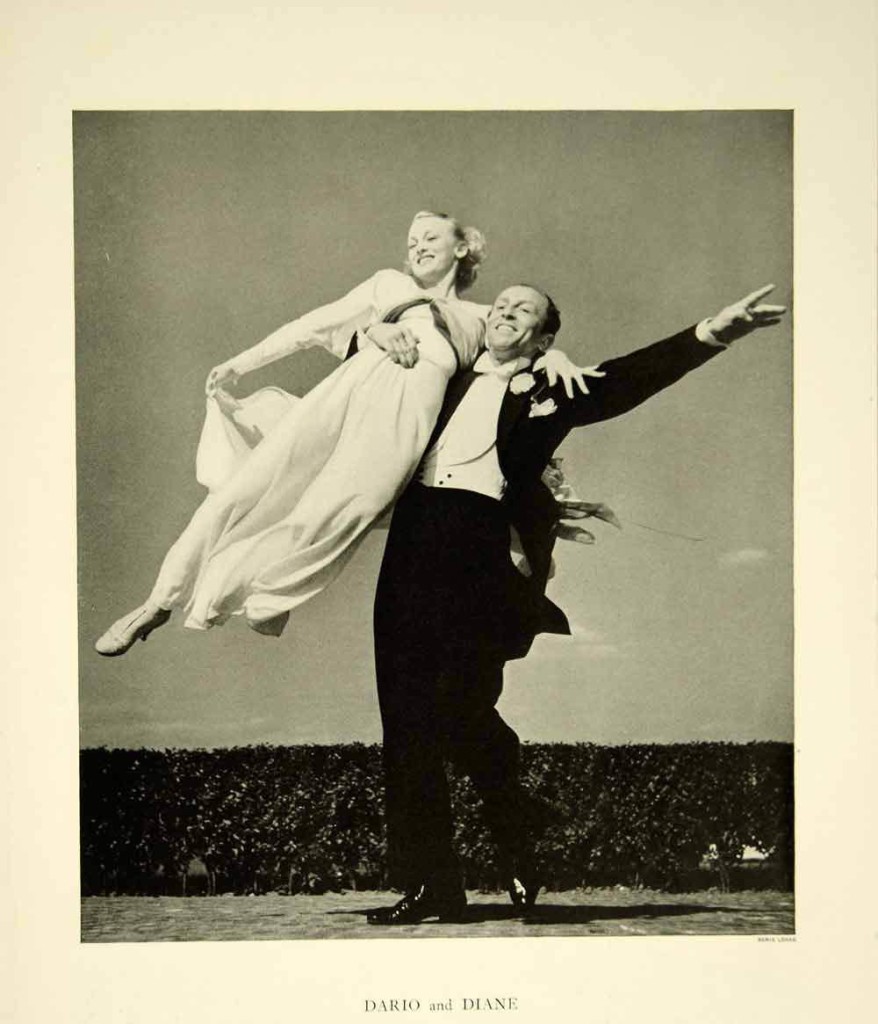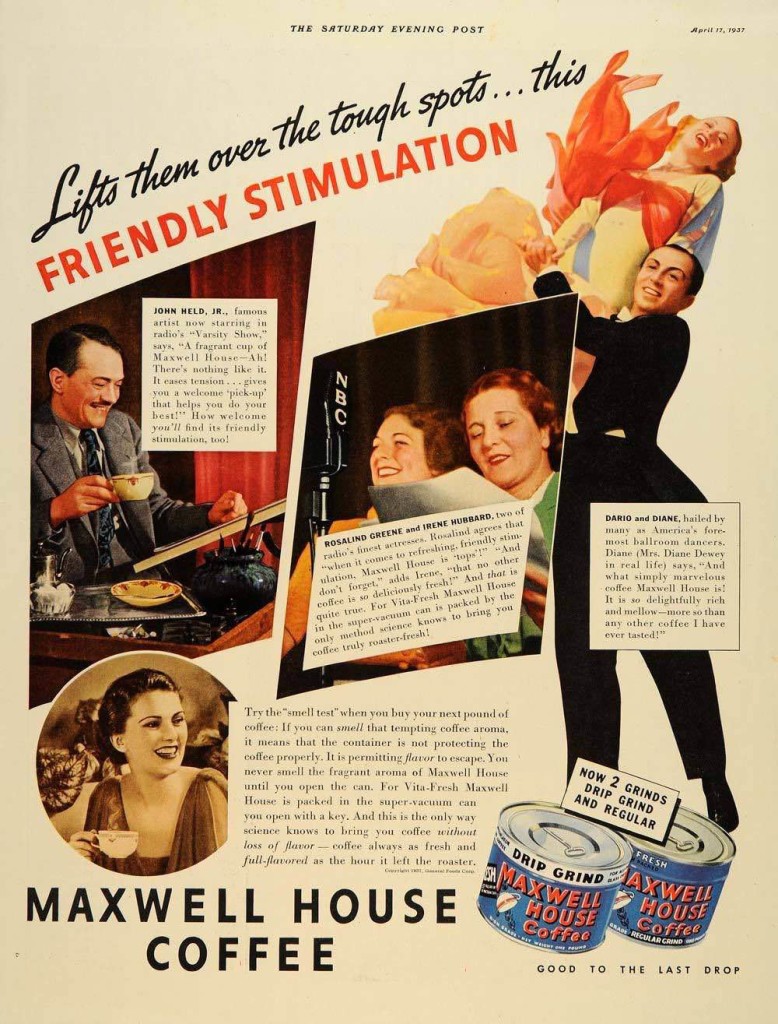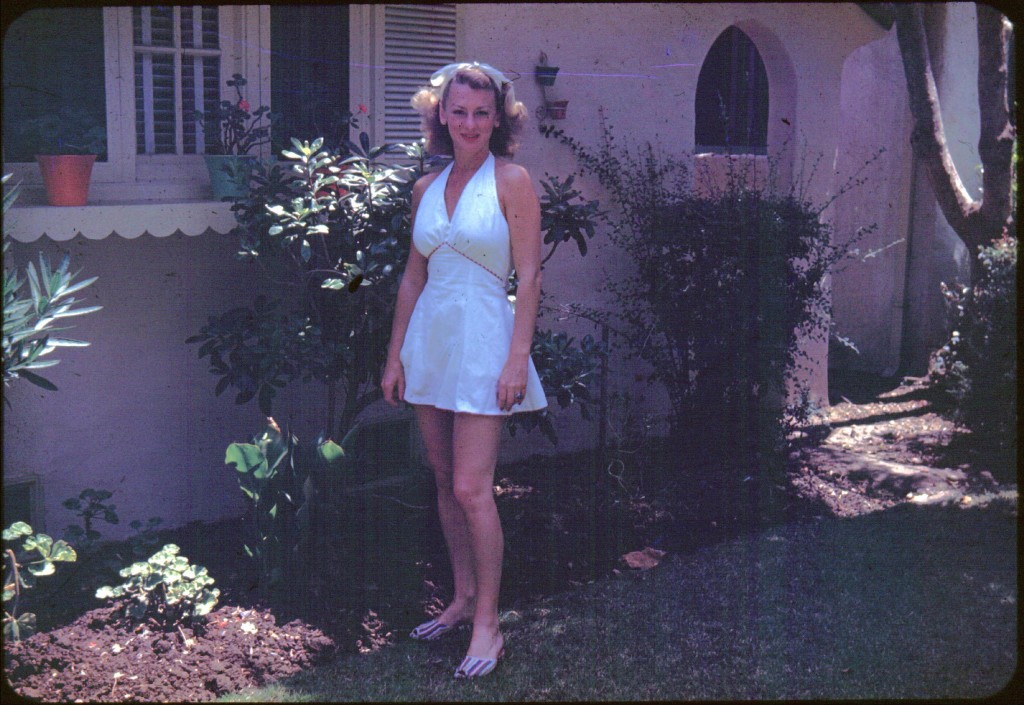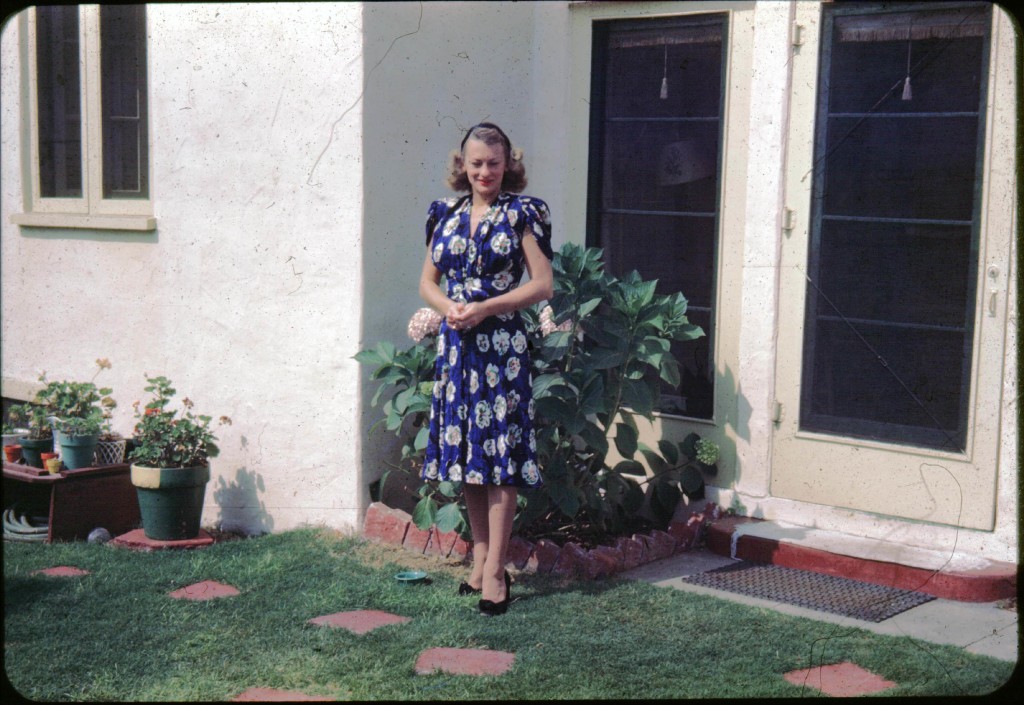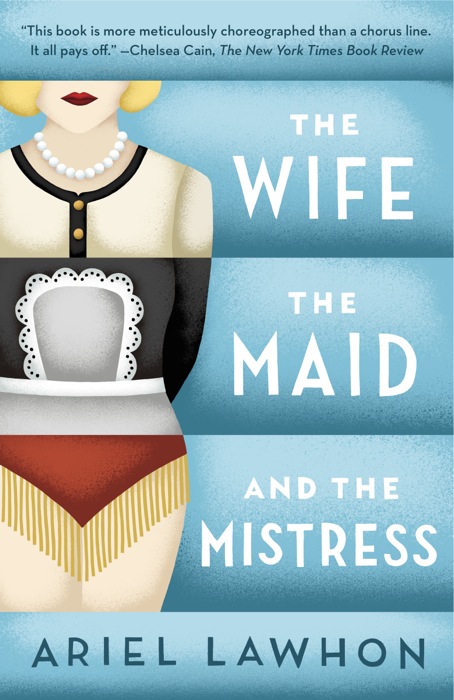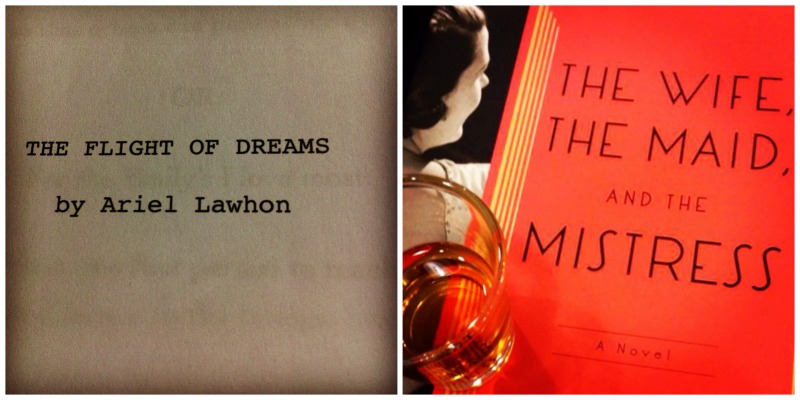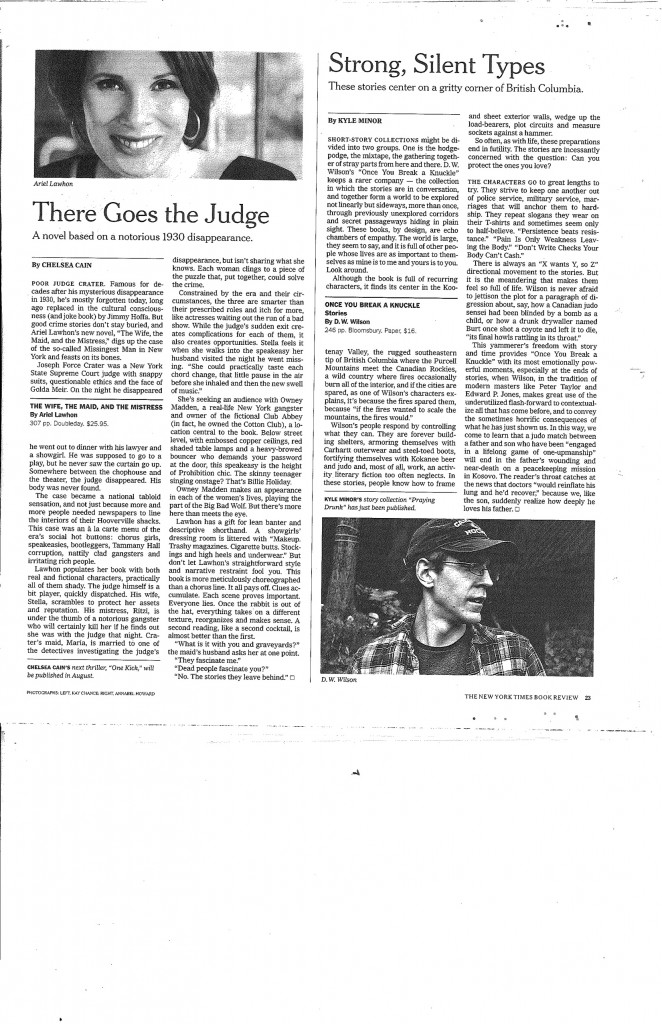
“If you tell me this is a boy I’m going to cry,” I told the technician that day. It was August 2008 and I was five months pregnant and the results of this sonogram were rather crucial to my mental health. “It’s not your fault. And I’ll be okay. But we already have three boys and we’re really hoping for a girl. So if it’s another boy I need to get my crying done now so I’m not doing it in the delivery room.”
I’ve wondered since if she remembers that day as clearly as I do. How she put that warm jelly on my swollen stomach, set the monitor against my skin, and immediately declared, “Penis!” True to my word I burst into tears.
I was still crying an hour later as my husband drove me home. We’d left the doctor’s office with three grainy black and white pictures of our son and the number of a good urologist.
I’d like to blame my emotional breakdown on hormones but the truth is that a part of me needed to grieve. This would be our last child. I would never have a daughter. I’d collected pretty names and pink clothes for years and now I would never get to use them. My world would always be filled with Legos and camouflage and that wet-puppy smell unique to little boys.
My husband was rather less emotional about the whole thing. “Don’t cry,” he said, patting my arm, “It’s not your fault.”
I snapped.
“My fault? My fault? This is your fault! You have no X chromosomes. You did this to me. And I’m getting a dog. And it’s going to be a girl dog. And I’m going to give her a girly name!” It was the only solution I could think of and everything I said after that came through sobs and gurgles and this high-pitched keening that I’ve never been able to reproduce. From what I remember he stopped talking to me after that. You can’t blame the man. He was terrified. By the time we got home I’d gone through an entire box of tissue.
The next morning I was calmer and quieter and he brought me coffee as he always does. He hugged me. He kissed me. He told me he loved me and that he was rather glad to be a father of all sons. It was a relief, he said, not to have a wedding to pay for. And then he added, “If you really want to get a dog we can get a dog.”
My poor husband. I looked at him like he’d grown another head. “That’s a terrible idea. I’m pregnant! Why on earth would we get a dog?” I believe I may have actually wagged a finger at him. And then I said words he’s never let me forget. “If we are supposed to have a dog, God will drop one on our doorstep.”
Now that I think about it that was the first and only time I’ve ever thrown down a gauntlet. And no wonder. Two hours later I went out to check the mail and found a black lab puppy on our doorstep. This is the part that people often find hardest to believe when I tell this story. But I swear it is true, point for point. At the time we lived in Texas, in a neighborhood tucked between two major thoroughfares, and for reasons I’ve never fully understood, people often abandoned animals at the end of our street. It was not uncommon to see some poor stray wandering around until someone took pity on it or called animal control. On that particular day, the puppy had followed the mailman around until getting tired and collapsing at our door.
“We have a dog.” I told my husband over the phone five minutes later. “But it’s a BOY!”

Perhaps he felt safe, with the phone between us as a buffer, because he laughed at me. I still remember that laugh. Part delight, part disbelief, and no small amount of triumph. We had a dog. The boys loved it immediately. And by the time he got home from work they were all romping happily in the back yard.
“You,” he said, after inspecting the puppy, “are not well versed in canine genitalia. It’s a girl.”
We’ve had Maggie for six years now. If we’re very lucky we’ll have another six years with her. She completes this wild, motley family of ours, and if I didn’t know better I would swear she’s part human. Maggie barks at us if we yell at the kids. She dances with my husband every evening when he comes home from work. She sleeps with one of his boots every night and she sits at my feet during the day while I write. Remember that fourth son of ours? He started Kindergarten in August. On his first day she sat at the door and waited until he got home. She didn’t eat. She didn’t move. But the moment he was through the door she went to his room and brought him his teddy bear. I think of them as belonging to each other. A dog and her boy. Sometimes it feels as though we got them on the same day, so linked are those memories.
I didn’t get a daughter. I wouldn’t change that now, not for anything. But I did get these boys and the unexpected, divine gift of a dog I don’t deserve.


